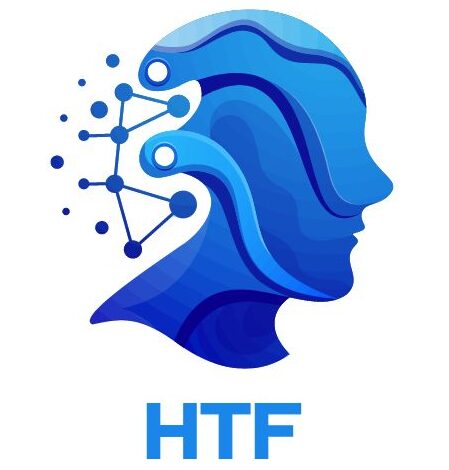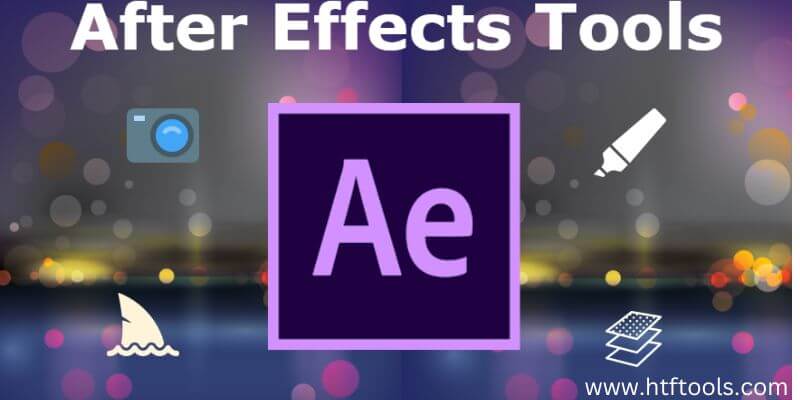The Top 7 After Effects Tools Every Motion Designer Should Know

Introduction
In The Top 7 After Effects Tools blog, we will look at the After Effects tool. The effect is a part of Adobe Creative Cloud. It is known for its workflow of VFX and 3D artists, motion graphics, and animators as it offers a wide range of tools. Which can be configured for a wide range of tasks with simple lower-thirds titles and lessons for completing three-dimensional stereo compositing for movies. So as soon as you drag a video or create a workspace to an After Effects workspace, the tools in the tool panel at the top of the After Effects software window become accessible.
Thus covering such tools after effects. Which allows you to change the elements of your composition. So if you have used other Adobe software like Photoshop then tools like hand tool and selection tool will be valid for you. This tool panel includes many icons. Which can move you between tools. Optically confirm which tool you currently choose. Many of these tools have menus and allow you to choose between options such as the shapes on the tool and the specific basic forms for the layers of the mask. So let’s take a look at the tools below.
1) Pen Tool/Masks:-
This pen tool allows you to generate any line or shape by sketching one top at a time. So we can use it to hide a certain area of the same level. Thus this can be considered its most basic purpose. The tool also allows you to sketch and change paths.
So we can use these paths as position instruction. So that the level can go for text as well, it can be compressed with a different character if desired. Thus in the same way, you can register the stroke effect on a level equal to one path and sketch the changing line with the specified path. Which is a more systematic replacement for bringing an internally formed layer of life to life.
In addition, with the help of numerous applications, the pen tool can be used to achieve a variety of refreshing text effects such as rotoscope, artwork creation, and turn motion or signature copy.
2) Cameras:-
Looking at this tool, having a little view of a scene together can help sell it. So it may be necessary to work mostly in 3D. These camera layers frame the structure according to my technology. As well as the actual camera is usually installed on my technology.
Thus as far as the camera is concerned, you can use your movie skills with good movement and angle. Which while the camera can technically live at a 3-dimensional level, you can use it to make the 2-dimensional range more effective by switching from one part of the frame to another.
3) Shape Layers:-
This shape-level tool is the best place to start. Through which the shape layers are 2 dimensional, identical objects. Which is produced by the customer using a pen tool or physically with a fixed shape. Thus it then provides effects like oval, rectangle, or pentagon.
The shape layers of this tool also allow you to personalize their fill-like properties, fill, and even precise details such as corner rounds. So due to their considerable personalization, they are quickly suited for creating consistent shapes, intricate patterns, and two-dimensional art.
In addition, it is important to keep in mind that shape layers demand processing power. And most end mp Karan should be used. Thus if you only need a very simple thing, it can be a good option to go to a solid level. Thus the solid layers in this tool are also perfectly simple, but not so complex as to justify the full specification. Which is simply a layer of shape without custom build properties other than standard 2-dimensional transformation properties such as color, dimensions, standard, dimension, and rotation.
4) Nesting Compositions/Precomposing:-
If you look at this tool, as your project becomes more complex, you will understand that your work can become more complex. So it’s hard to run. Thus preposition is an important feature of project planning. Which allows you to divide your work into compact segments.
So technically speaking, pre-compon can be seen as a composition. Also around your project, pre-compose is a creation. Which helps to provide compact objectives in the main composition providing the result.
Thus to precede the level of this class, emphasize them, hit the right-click, and select purpose. So put them in their creation that you do with a single level. Which can change its equivalent.
5) Adjustment Layer:-
If desired in this tool, they provide the same purpose for the compositions. Where they are not entirely necessary, but provide a swifter and more logical method compared to complex operations. So these layers work exactly like a solid layer but can only be used to modify the layers below it. Thus this layer itself will act as a blank picture and when placed above other layers, each effect that is recorded on those layers.
Through which it can be hidden, parameters can be set, and the change properties of the adjustment layer can be changed according to the solid layer, and it will be affected by whatever field it is in the envelope. In addition, its overuse will force the pre-compact feature to stretch your rendering time, so adjustment layers are perfect for situations where you want to record the effect together.
6) Track Mattes:-
This tool is remarkably related to the track mat in the same way as the pen tool. So track matte uses one layer to hide another layer according to the luminance or visibility of the masked layer. In this tool, for example, if you place a layer on an alpha mat it will restrict its emergence to non-transparent areas of the layer above it. Therefore the formation of the alpha vertical matte layer will be limited to the transparent areas of the layer above it. Thus the luma matte will work the same way, but it will limit the emergence of the lower layer to the shining regions of the upper layer.
7) Blending modes:-
Also under the Modes column, right next to the Track Mate options, you’ll be presented with Blending Modes. Blending modes are found quite directly; It makes each blending mode apply layers differently to the composition. There are also 38 unique mixing modes, each with its purpose. While they are all for us to explore, you can use them to learn how they
Thanks for reading The Top 7 After Effects Tools, I hope you enjoyed reading this and got to know it.




